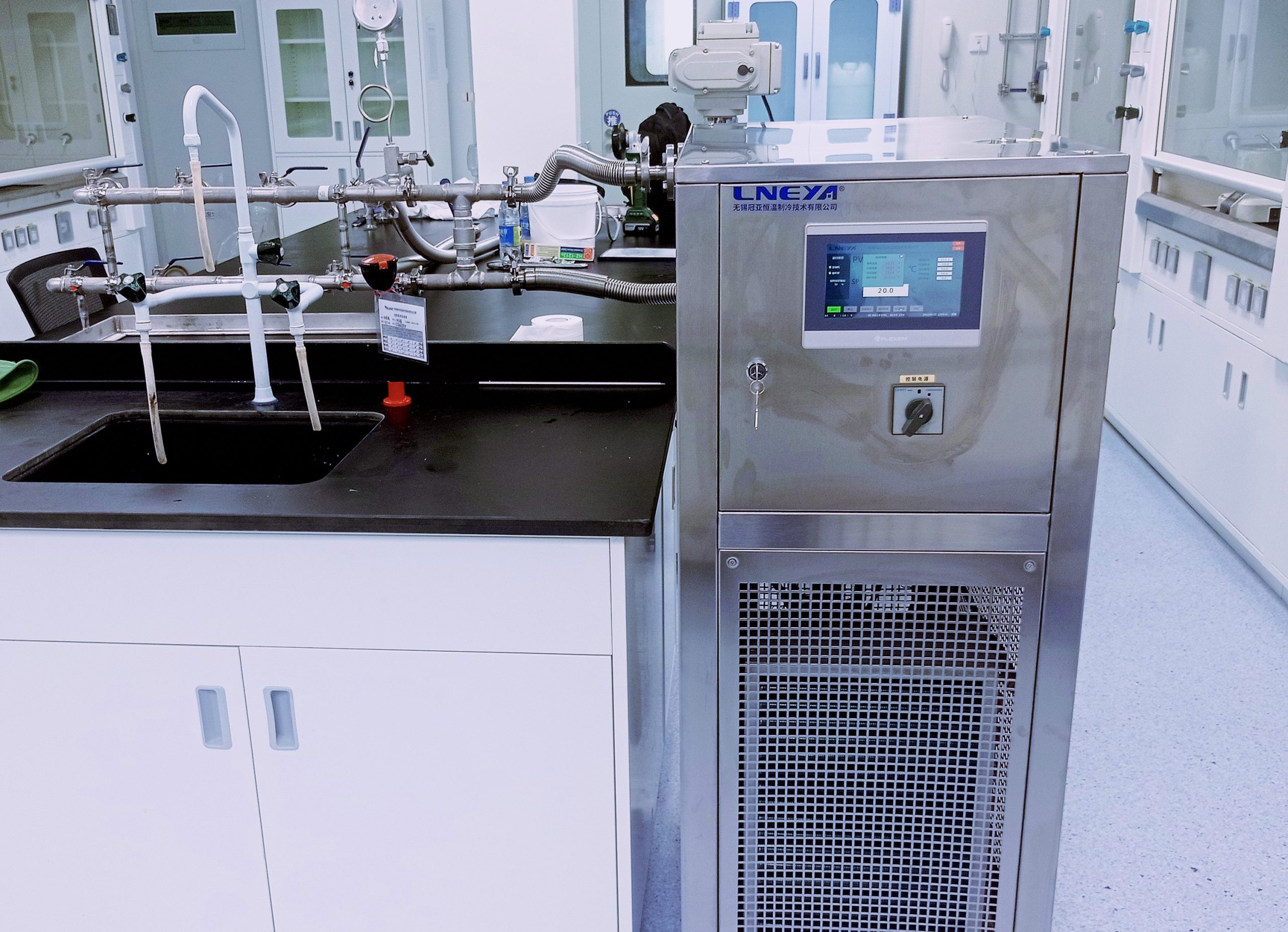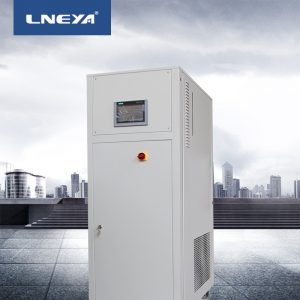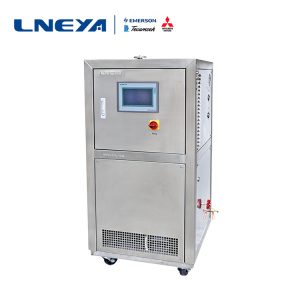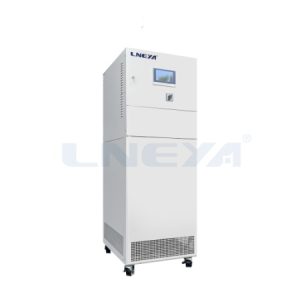There are usually three ways to control the temperature of laboratory reactors

1. Manual control: Manually operate the knob on the front of the reactor controller.
2. Control by PC: The PC and the controller are connected by a network cable, and the operation is carried out on the PC.
3. Controlled by thermostat: Silicone oil is heated through the thermostat, and the thermostat naturally has a temperature control function. Although the thermostat heating limit (usually 250°C) is not as high as that of electric heating (can be as high as 400-500°C), the thermostat rises and falls smoothly, and the low temperature can reach -60/-80°C.
Our LNEYA laboratory reactor temperature control system belongs to the third category. However, the temperature control range is from -120 degrees to 350 degrees. It adopts a fully enclosed pipeline design and a high-efficiency plate heat exchanger, which reduces the demand for heat transfer oil, improves the heat utilization rate of the system, and realizes rapid temperature rise and fall. Continuous temperature control can be achieved in the temperature range of minus 90 degrees to 195 degrees and minus 70 degrees to 220 degrees without pressure.
Jacketed glass reactors are popular in current chemical experiments. The supporting temperature control equipment has also become a matter of widespread concern in the industry. It is known that the cooling and heating temperature in the reaction process has an absolute influence on the reaction process and results. The analysis of the temperature control equipment’s ability to increase and decrease the temperature of the material has become the basic basis for choosing chiller. Then the cooling and heating capacity is not only estimated by imagination and experience, but requires scientific analysis and calculation methods, and needs to calculate the required heating power and cooling power according to the heating rate and cooling rate.
When our technicians communicate with customers, they will first understand the requirements of engineering parameters, such as high and low temperature, how long is the temperature control time, etc., so as to calculate the cooling power and heating power of the chiller required, and determine the available chiller. model, to give customers the most complete temperature control solution. If you also have this need, you can contact us.
Raccomandazioni correlate
-
You Know What Technical Problems You Need to Know before You Buy A Low Temperature Chamber
920Question 1: Is the temperature change rate of temperature impact test the faster the better? Explanation: Is the temperature change rate faster and better in the temperature impact test? Does the temperature change rate have any effect on the tes...
Visualizza i dettagli -
Effect Of Humidity On Laboratory Chillers
1010The high humidity reduces the insulation strength of the electrical equipment of the chiller in the laboratory. The moisture in the air adheres to the surface of the insulating material to form condensation, which reduces the insulation resistance...
Visualizza i dettagli -
Istruzioni per il bagno del termostato di raffreddamento e riscaldamento LNEYA
1365Il bagno d'acqua termostatico circolante è la circolazione dell'acqua e la funzione di raffreddamento basata sull'aumento del bagno d'acqua, può migliorare la precisione del controllo della temperatura e la stabilità della temperatura, può essere ampiamente utilizzato per l'essiccazione, la distillazione, la concentrazio...
Visualizza i dettagli -
Analizzatore di qualità dell'acqua Hash chiller
795L'analizzatore di qualità dell'acqua Hash spesso richiede un controllo preciso della temperatura durante l'analisi della qualità dell'acqua per garantire l'accuratezza e l'affidabilità dei risultati di misura. I refrigeratori sono uno dei dispositivi più importanti che...
Visualizza i dettagli
 Refrigeratori industriali LNEYA Produttore Fornitore
Refrigeratori industriali LNEYA Produttore Fornitore













